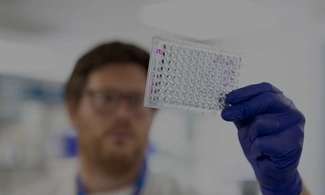What is diffuse pleural thickening?
Diffuse (widespread) pleural thickening is where large areas of the lining of the lungs and chest wall become thickened. Diffuse pleural thickening can be caused by:
- breathing in asbestos fibres
- inflammatory conditions
- pleural effusion (fluid on the lung).
Symptoms of diffuse pleural thickening
When areas of your lungs become thicker, your lungs can’t expand as much. You may have symptoms such as:
- breathlessness
- cough
- chest pain.
Not everyone with diffuse pleural thickening will have symptoms.
Diagnosing diffuse pleural thickening
Your GP will refer you to a specialist for diagnosis. Diffuse pleural thickening is usually diagnosed by CT scan or chest X-ray. You may also need lung function tests.
In some cases, a biopsy may be taken to rule out other conditions, such as mesothelioma.
If you have been diagnosed with diffuse pleural thickening, you may be able to claim compensation. Find out more.
Treating diffuse pleural thickening
In most cases, no treatment is needed for diffuse pleural thickening. This is because the symptoms are usually not severe.
If treatment is needed, you may have:
- pulmonary rehabilitation to help with symptoms of breathlessness
- support to stop smoking if you do smoke.

Get support
Call our helpline for support with your condition. Get advice on your medicines, symptoms or travelling with a lung condition, or just call us to say hello.








